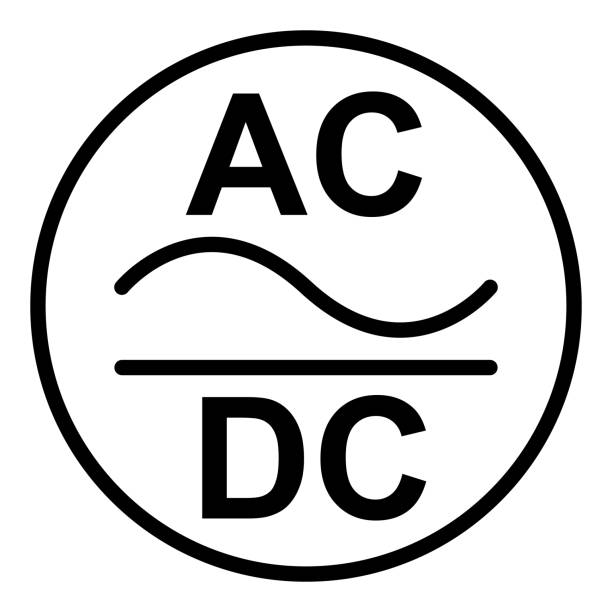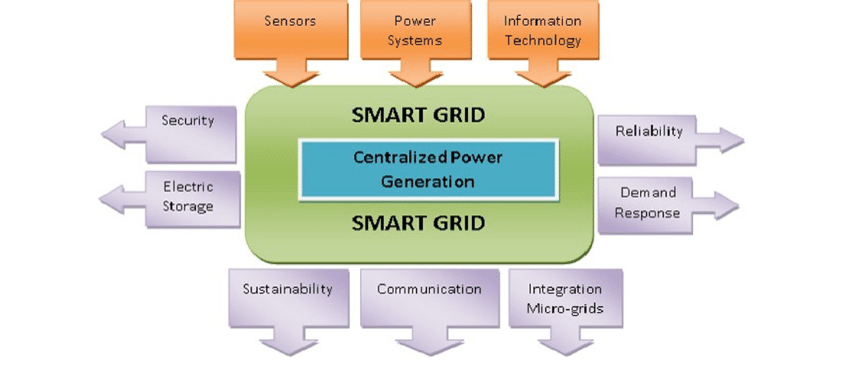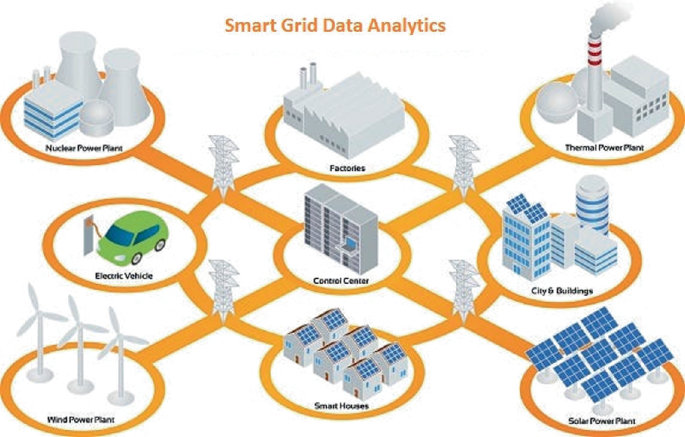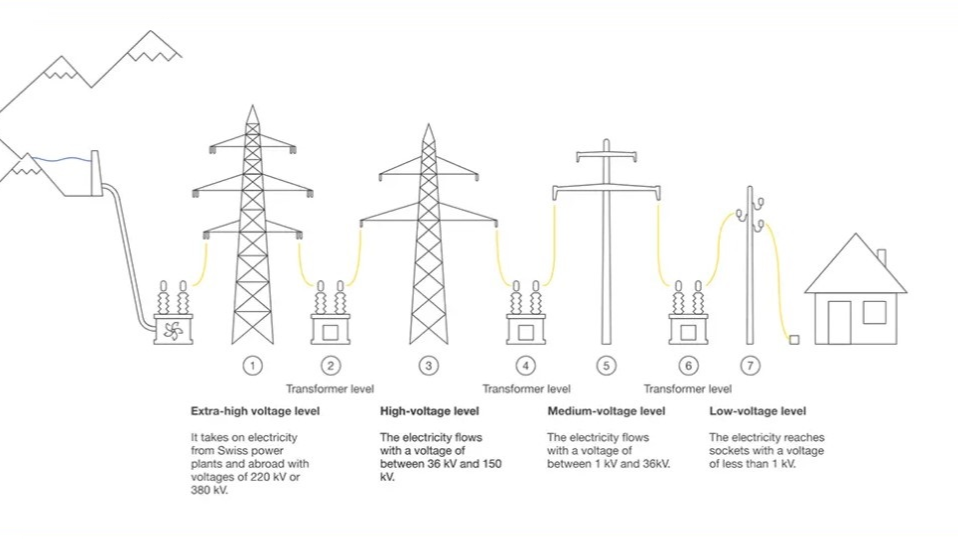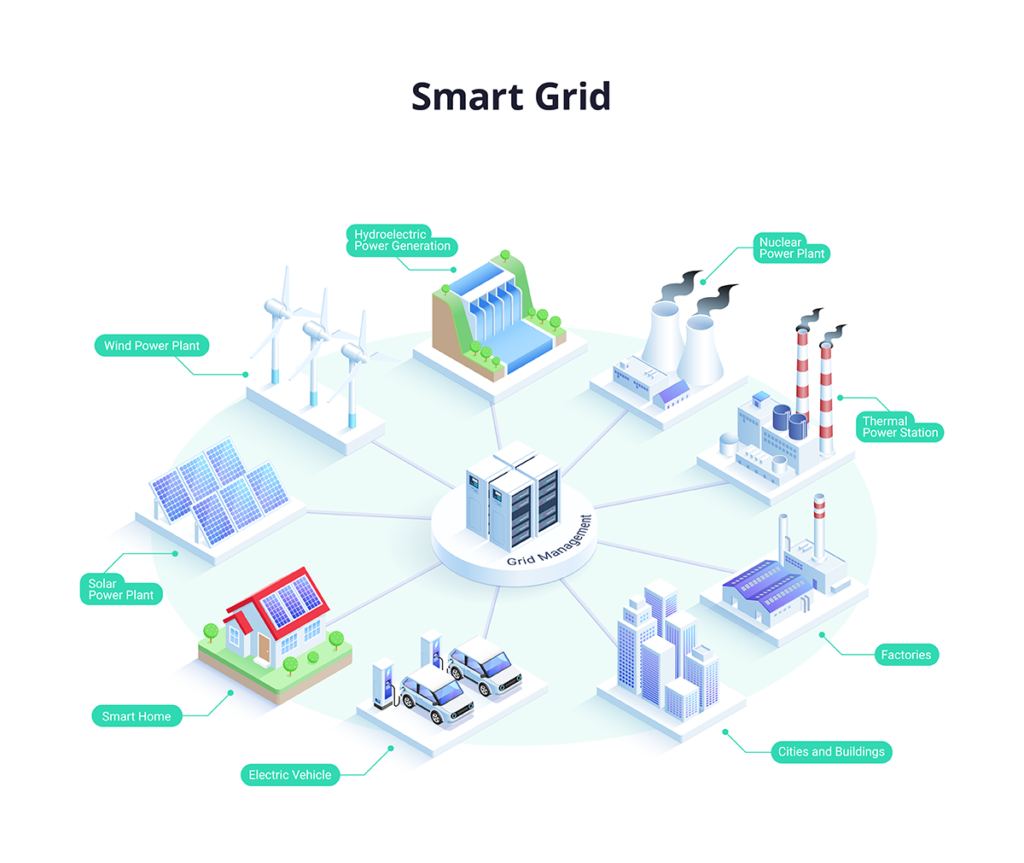AC or DC for high-voltage transmission
High-voltage transmission can be either direct current (DC) or alternating current (AC), depending on the transmission line characteristics and the application scenario.
In DC transmission, power flows in a fixed direction, so current always flows one way. DC transmission offers advantages such as high power transfer capacity, suitability for long distances, and lower losses, making it appropriate for submarine cables and links between asynchronously operated AC systems.
In AC transmission, the power flow direction continually changes as voltage and current alternate with time. AC transmission typically has lower line construction cost and lower operating cost, and is widely used for large-capacity long-distance transmission and submarine cable applications.
In ultra-high-voltage (UHV) contexts, common reference points are ±1000 kV and above for AC and ±800 kV and above for DC. DC at ±800 kV and above is mainly used for long-distance, high-capacity transmission, while AC at around ±1000 kV and above is typically used for shorter distances or medium-capacity transmission scenarios.
Both DC and AC have specific application scenarios and advantages in the UHV field; the choice depends on the system requirements and line characteristics.
How to reduce losses in high-voltage transmission
To reduce losses in high-voltage transmission systems, the following measures can be taken:
- Use low-resistance conductor materials: Select conductors with low electrical resistance, such as copper or aluminum, to reduce I2R losses. Copper has higher conductivity but higher cost; aluminum is a common lower-cost option.
- Optimize conductor cross-sectional area: Choose a conductor size that meets current-carrying requirements while minimizing resistance losses. Larger cross sections reduce conductor resistance and associated losses.
- Use high-temperature conductors: High-temperature conductors can carry greater current at higher operating temperatures, reducing resistive losses during transmission.
- Use efficient insulating materials: Employ high-performance insulators, such as composite insulators or gas-insulated equipment, to reduce insulation losses and improve overall insulation performance.
- Control transmission current: Keep system current within design limits to avoid overload. Excessive current increases resistive losses, so proper current control helps reduce losses.
- Optimize line structure: Design the line layout and structure to minimize line capacitance and inductance, thereby reducing reactive and dielectric losses.
- Increase insulation level: Improve insulation of lines and equipment to reduce discharge and insulation-related losses. Regular inspection and maintenance of insulating components help maintain performance.
- Timely maintenance: Perform regular inspection and maintenance of lines and equipment to detect and address potential issues, ensuring normal operation and reducing failures and losses.
Purpose of high-voltage transmission
The primary purpose of high-voltage transmission is to transport electrical energy from generation sites or power stations over long distances to load centers or end users. Key objectives include:
- Conserve energy resources: Generation facilities are often located near energy resources, while major load centers are distant. High-voltage transmission allows power to be delivered from resource-rich regions to demand centers, avoiding the need for separate generation at each location and conserving resources.
- Balance supply and demand: Power demand varies by time and location. High-voltage transmission enables transfer of energy from low-demand regions to high-demand regions to balance supply and demand, supporting reliability and stability.
- Improve energy utilization efficiency: Higher transmission voltage reduces current for the same power level, lowering line resistance losses and improving overall energy utilization efficiency.
- Enable long-distance transmission: High-voltage systems support long-distance power transfer and greater transmission capacity for a given conductor cross section, allowing more energy to be carried efficiently.
- Reduce environmental footprint: High-voltage transmission can reduce the number of lines and land use compared with lower-voltage systems, mitigating environmental impact.
Overall, high-voltage transmission aims to deliver power economically, efficiently, and reliably from generation sites to load centers while optimizing resource use.
 ALLPCB
ALLPCB


